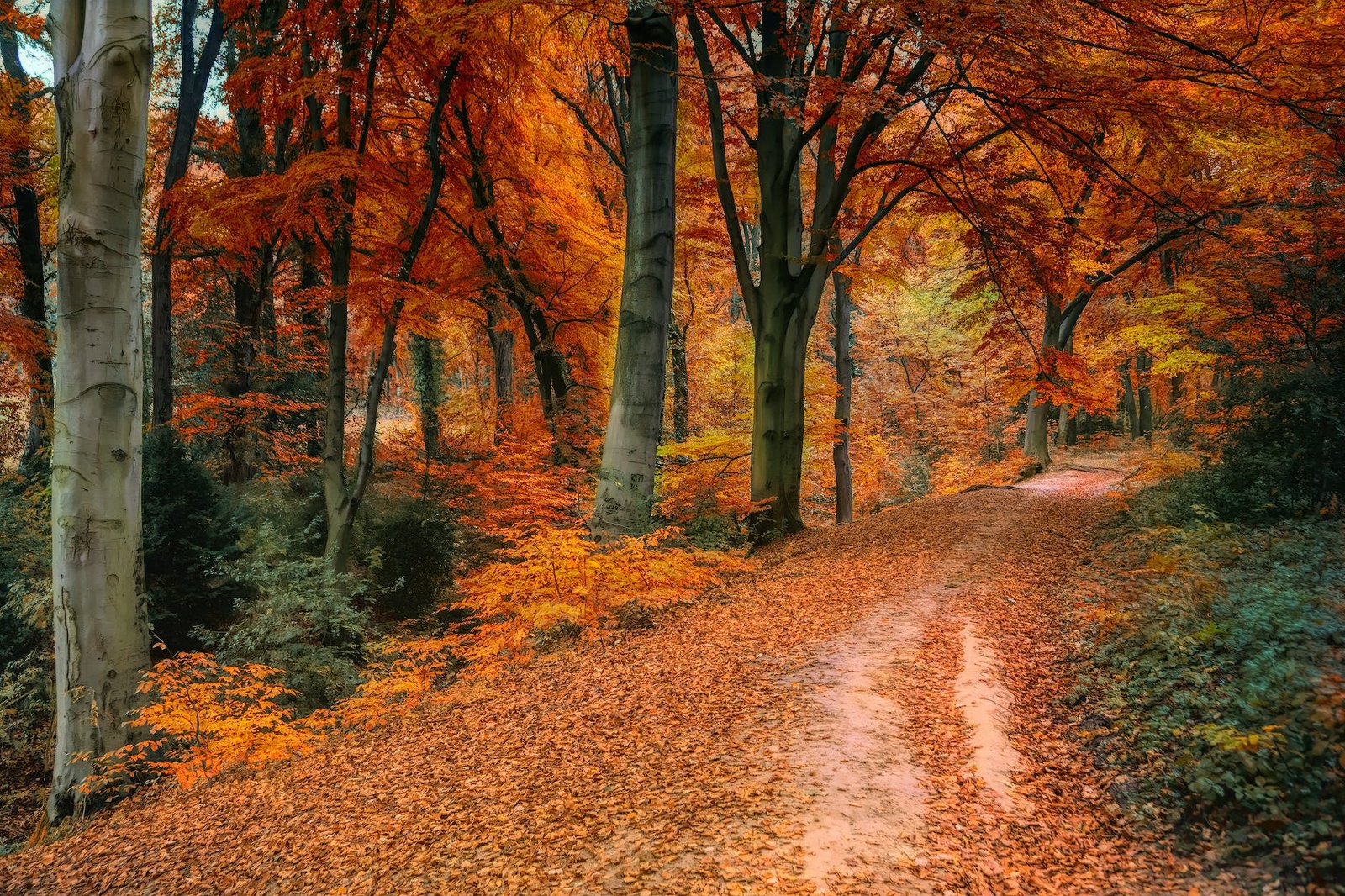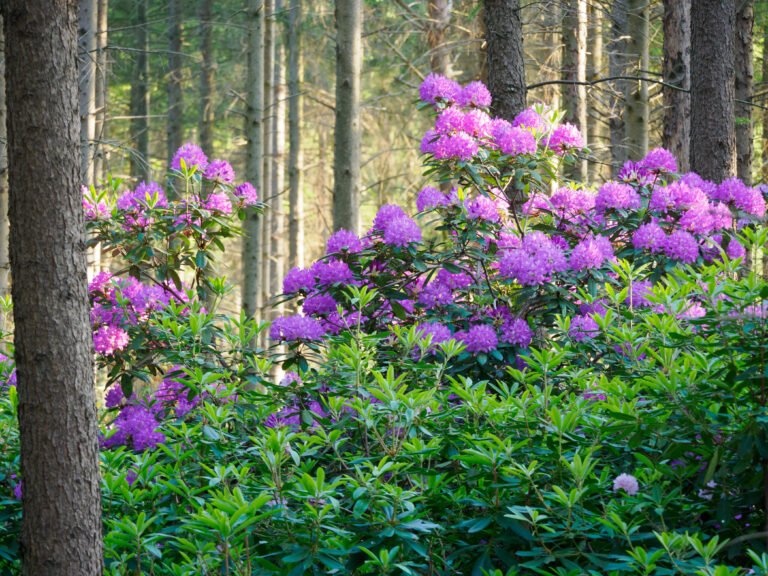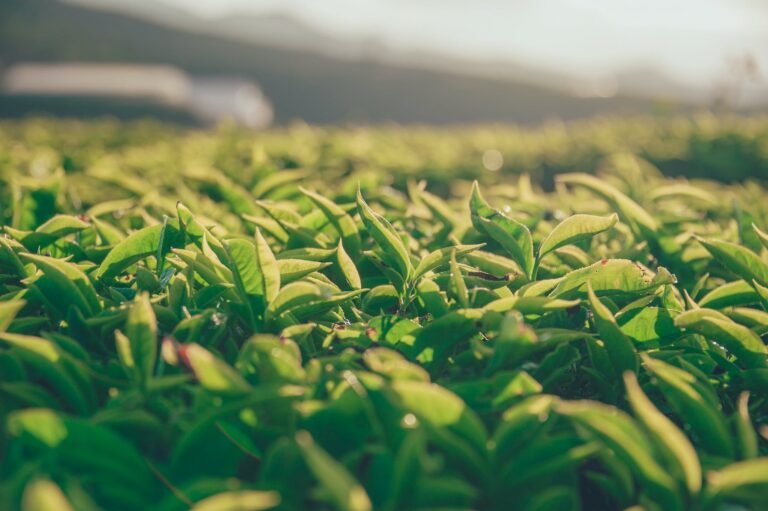The Magic of Leaf Composting: Turning Autumn’s Gift into Garden Gold
Autumn is a season of transformation. As the days grow shorter and the air becomes crisper, trees put on a dazzling display of colours before shedding their leaves. But did you know that these discarded leaves are a treasure trove for gardeners? With a bit of patience and effort, these fallen leaves can be turned into leaf compost, an invaluable addition to any garden.
What is Leaf Composting?
Leaf composting is the process of breaking down fallen leaves into a dark, crumbly, and earthy-smelling substance. This substance, often called “leaf mould,” is rich in minerals and provides numerous benefits to the soil and plants.
Why Compost Leaves?
- Soil Enrichment: Leaf compost introduces organic matter into the soil, improving its structure, moisture retention, and nutrient content.
- Sustainability: Composting leaves is an environmentally friendly way to recycle organic waste.
- Disease Suppression: Some studies suggest that leaf compost can help suppress certain plant diseases.
Step-by-Step Guide to Leaf Composting
- Collection: Start by gathering fallen leaves. While you can use leaves from any tree, deciduous tree leaves such as maple, oak, and ash tend to break down more easily.
- Shredding: To expedite the decomposition process, shred the leaves using a lawn mower. Shredded leaves have a larger surface area, which facilitates faster breakdown.
- Setting up the Compost Pile: Choose a shaded spot in your garden. Create a bin using chicken wire or wooden pallets, ensuring it’s at least 3×3 feet in size. Begin by placing a layer of shredded leaves, followed by a layer of garden waste or grass clippings. Repeat this layering process.
- Moisture and Turning: Ensure the pile remains damp, much like a wrung-out sponge. Every couple of weeks, turn the pile to introduce air, which aids in decomposition.
- Harvesting the Compost: In about 6-12 months, the leaves will have transformed into a rich, dark compost. You’ll know it’s ready when the original leaves are unrecognizable and the texture is crumbly.
How to Use Leaf Compost
- Soil Amendment: Mix leaf compost with garden soil to enhance its quality.
- Mulch: Spread a layer on top of the soil to conserve moisture, suppress weeds, and regulate soil temperature.
- Potting Mix: Combine leaf compost with sand and loam to create a nourishing potting mix.
Final Thoughts
Autumn’s fallen leaves are not mere yard waste; they’re a golden opportunity for gardeners. By embracing the process of leaf composting, garden enthusiasts can harness the power of nature to enrich their soil, nurture their plants, and cultivate a garden that thrives throughout the seasons.







